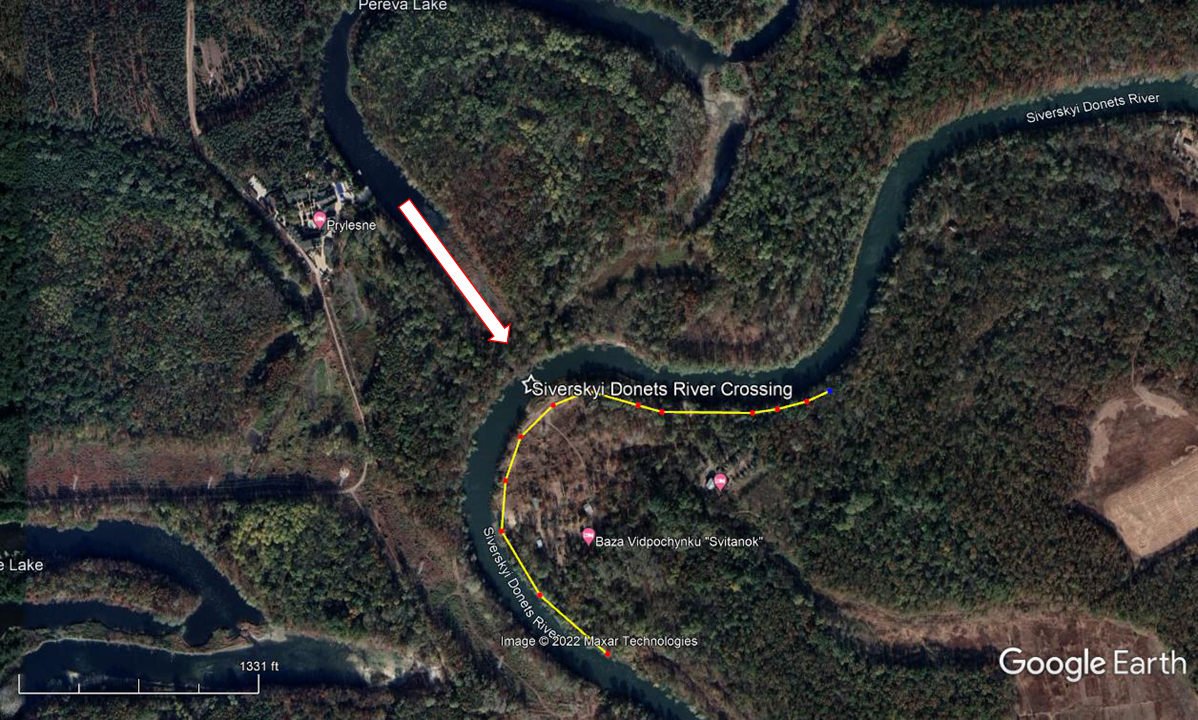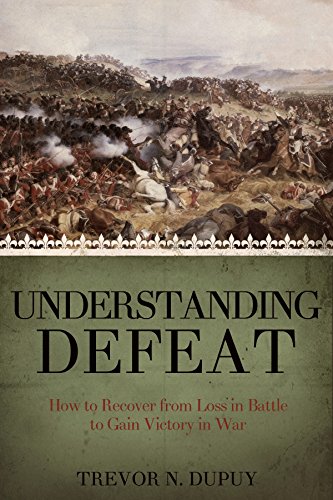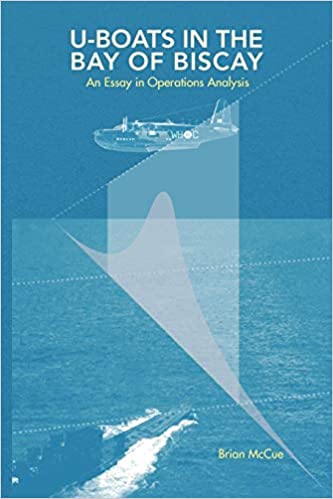A new posting from William (Chip) Sayers. This is his tenth post here. He will be presenting at our Historical Analysis conference: Who’s Who at HAAC – part 1 | Mystics & Statistics (dupuyinstitute.org) and Schedule of the Historical Analysis Annual Conference (HAAC), 27-29 September 2022 – update 13 | Mystics & Statistics (dupuyinstitute.org).
——————-William (Chip) Sayers————————–
Body Counts – What Can They Tell Us?
There has been a lot of back and forth on the web lately about how many casualties Russia has taken in Ukraine, how much equipment they’ve lost and how they are going to replace those troops and weapons. I’ve decided it’s time to look into this subject and bring my own experiences to the table.
In Vietnam, these kind of metrics seemed to have no utility other than to corrupt the officer corps with fake and exaggerated body counts, or worse, counting dead civilians as combatants. Or so the legends say. Gen. Westmorland demanded a high body count, so that’s what he got. And while the numbers looked impressive, it eventually became apparent that the numbers weren’t tied to anything concrete. Would another 50,000 North Vietnamese dead cause Ho Chi Minh to capitulate? Another 100,000? In the end, Hanoi admitted they had lost a million men in their bid to take over the South. Clearly, Uncle Ho was ready to fight to the last North Vietnamese soldier. When your opponent’s pain threshold is that high, the body count really doesn’t tell you anything. Or so it would seem.
In the aftermath of Operation DESERT STORM in 1991, various interested parties were pushing the Pentagon for a casualty count on the Iraqi side. I’m sure some wanted to thump their chests over the “kill ratio” between Iraqi casualties and the ludicrously low figures on the Allied side; while others apparently wanted to use the presumably large number of Iraqi losses to highlight the wanton brutality of the campaign we had pursued. The obvious source, Gen. Norman Schwarzkopf, commander of Coalition Forces, wasn’t interested in sharing numbers. Schwarzkopf was a field-grade infantry officer during the Vietnam War and he had seen the dark side of body counts and wanted no part of them. While there would be little of the corrosive effect on the officer corps after a short, victorious war, he also knew how badly the US Army’s credibility had suffered over the issue in Vietnam. There would be no body count from Operation DESERT STORM.
The question, then, got punted over to Defense Intelligence Agency where I was working at the time. I know the analyst who had to respond and I know that he basically made up a number out of whole cloth to get the action off his desk during a very busy time. If I recall correctly, that number was 100,000, with no distinction between killed or wounded, or if they were all KIA, as reported by some in the media. I had Col Dupuy’s model in hand and had used it to support my team’s effort during the war, so I could have come up with a far more reasonable estimate, but no one asked me. Some months later, another analyst I knew wrote an article for Foreign Affairs on the Iraqi casualty account. He rightly derided the 100,000 estimate. However, he made his estimate by counting vehicles destroyed and multiplying by crew capacity—certainly more reasonable than a complete WAG, but unlikely to be very accurate—particularly as most destroyed Iraqi vehicles had already been abandoned by their crews. So far as I’m aware, no one has ever done a serious, forensic study of the question since then and basically, nothing has been learned or understood about Iraqi casualties from ODS.
Flash forward 12 years: A few months after the invasion of Iraq in 2003, a couple of colleagues and I were asked to do a study of the nascent Sunni insurgency and come up with tips the U.S. Army could use to protect its personnel from ambushes. For my part, I went back to a series of “How we did it” monographs the Army put out in 1971-1974 in that brief period of time when we were looking at our efforts in Vietnam as a victory. After 1975, no one in the Army wanted to hear anything about Vietnam, and this series of monographs went into dusty archives, presumably never to see the light of day. In large measure, I was simply feeding the Army its own forgotten history, and they were very happy to receive it.
Over the course of the project, I created a database from the Army’s information about various incidents they were involved in. In particular, I was interested in incidents which resulted in casualties to either side. For the U.S. side, I counted those personnel who were listed as KIA and those who were listed as Seriously Wounded in Action, or SWIA. I considered those personnel who did not return to duty within 72 hours as being WIA. I did not count those soldiers who put a band-aid on it and returned to duty within that 72-hour window. To count as an insurgent casualty, I only included those whose body was in our possession. i.e., enemy KIA where we actually had possession of the body and those who were captured and in custody. Some of the Enemy Prisoners of War (EPWs) may have been wounded, but there was no information with which to break that out. Any insurgent who was believed to have been killed or wounded but was not in our possession was not counted.
Eventually, I ended up with a database of some 27,000 incidents evaluated for 80 different conditions over a period of a year and a half of operations. Some of the conditions I tested for included things like what kind of attack it was: small arms, Improvised Explosive Device (IED), mortar, complex, etc. The Army counted an attack as “complex” if two different types of weapons were used, e.g., small arms and Rocket Propelled Grenades (RPGs). I believed the Army’s definition was not helpful, as the purpose of that categorization was to indicate a higher level of training and tactical competence. So, I only counted an attack as being in the complex category that actually required integration of differing elements, such as small arms and mortars or a vehicular IED and coordinated sniper fire, etc.
In analyzing these incidents, certain trends seemed to fall out. The Iraqi insurgents were never able to successfully stand up to Allied troops in an infantry fight. Insurgent mortarmen were hopelessly inept. Even IED attacks rapidly dropped in effectiveness. Some of these things were due to the quick adaptation by Allied troops. They got better defensive armor and tactics, but experience was the key. It was difficult to watch Allied casualties spike with the rotation of a new unit into combat, but this was followed rapidly by a drop in losses. Often, the final rate was lower than that of the previous unit, indicating an effective process of disseminating lessons learned through the force. In contrast, there was no sign whatsoever of a similar process on the insurgent side. Their casualty rates increased incessantly to the point that something had to give. That something was the “Sunni Awakening,” when they realized that it would be better to seek our protection from the Shia militias than to fight us.
One of the things that convinced me that this result was inevitable was what happened with casualty rates on both sides with regard to IEDs. In the first months of the insurgency, it took only three IED emplacements to cause a U.S. KIA or SWIA. By the end of my study, this was up to over 30 to 1 and the insurgents were actually losing more personnel involved with IEDs than we were (not all of insurgent losses were IED trigger-men scooped up during an attack, or from emplacement teams who were caught in the act—some were from raids on IED factories, or from the movement of bombs where careless insurgents blew themselves up, etc.). Much of this data was collected before our realization of the extent our troops were suffering from traumatic brain injuries, so the real cost to our personnel was not completely captured. However, the enemy did not know this, either, so it didn’t influence their decision to change sides.
One of the most important findings I made was of a major inflection point in insurgent combat effectiveness in November, 2004. It appeared quite clear that many of their best people—if not the very heart of the insurgency—died in the fight for Fallujah. This should come as a surprise to no one, given the fight they put up, and the lack of escape routes we afforded them. From that point on, insurgent effectiveness dropped and continued a literal death spiral as moderately experienced insurgents were killed or captured only to be replaced by personnel with less experience and a lower life expectancy on the battlefield.
Ironically, the insurgency didn’t recognize what was happening and intensified its attacks. While the burnout of the Sunni insurgency was predictable by the end of 2005, it took another year for it to fully manifest itself. In the meantime, the increasing numbers of attacks—resulting in increasing Allied casualties, despite plummeting insurgent effectiveness—caused U.S. analysts to believe Iraq was a lost cause when, in fact, Allied forces were on the cusp of victory. Eventually, Sunni insurgents were forced to face the inevitable truth that that they could not win in a two-front war against both us and the Shia militias and to continue was tantamount to sect suicide. They knew that they would never be able to return to their position of domination over Iraq and would suffer mightily at the hands of the Shia they had previously oppressed. So, they took the only reasonable option available: they sought our protection from the Shia majority. This startling outcome was entirely predictable, if one paid close attention to the data.
A further myth I was able to disprove was the threat of “bleed out.” Counter-terrorism analysts were highly concerned that trained Iraqi military personnel turned insurgents would begin to exit Iraq with their skills and perpetrate acts of terrorism around the world. However, their bombmaking skills had no application anywhere outside of Iraq as it was almost entirely based on the use of artillery shells—not something you would find lying around Western Europe. Their small arms skills were almost non-existent, the vast majority of their “sniper” attacks were almost certainly lucky shots (I was able to identify the work of only one or two actual snipers from the data), fewer than one in ten of their RPG attacks hit anything, and they seemed completely baffled by the mortars they employed, often failing to put rounds inside the fence at a sprawling logistics base or walking their rounds off a target they came close to hitting with the first shot. Either their former soldiers didn’t join the insurgency, or they were completely incompetent. Either way, the “bleed out” threat never materialized.
Certainly, I would never advocate for a simple body count. If you ask for bodies, that’s exactly what you will get. And as we saw in Vietnam, that sometimes became problematic. However, the careful collection and analysis of combat loss statistics can be of great value.
To bring this back home, can body counts and other loss statistics be of value in analyzing the war in Ukraine? Yes, but with this caveat: those of us operating in the unclassified realm have very little access to good, useful information necessary for such analysis. Furthermore, the Ukrainian government not only recognizes the utility of good propaganda, they are masterful in its employment. And that’s a complement. However, it makes our job more difficult in sorting out truth from fiction.
One final vignette: When the U.S. gave Stinger missiles to the Mujahideen insurgents to fight the Soviets in Afghanistan, a coworker of mine was the point-man on watching the results. After a week of successful action, he wrote a piece saying that the Soviets had lost seven aircraft, or about one per day. That evening, Dan Rather read his report, verbatim on the CBS evening news, and in the succeeding months, the media and other analysts based their estimates of Russian aircraft losses on the “one per day” comment. In fact, you can find claims of Soviet losses to this day, based on that report. In reality, the Soviets took quick action, lowering their losses significantly, albeit at a high cost to the effectiveness of their Air Force. However, I have often wondered if perhaps Mr. Gorbachev trusted the Western news media more than his own generals on this issue (a not entirely unreasonable position), and eventually came to the determination that Afghanistan wasn’t worth it based on a little piece of unintentional propaganda.
—————————————–
My comment: Chip Sayer’s postings are completely independent of The Dupuy Institute. He emailed this to me last week and I did not get around to reading it until this morning, as I was copying and pasting it to the blog. There is a lot of significant statements in this posting, which I was tempted to place in bold. Some of these reinforce statements I have made in my books, in particular Modern American Wars. This is definitely a blog post worth reading slowly twice.





